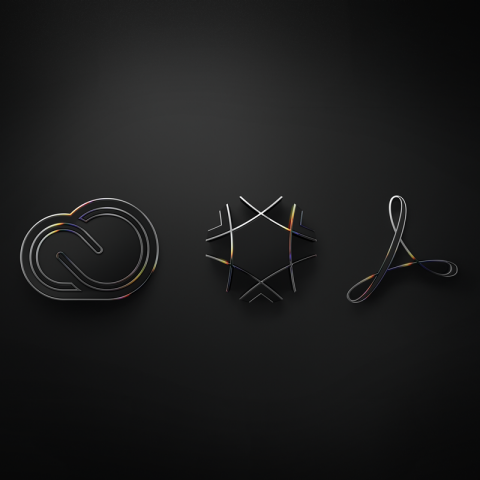BrianSmall
Well-known member
Breeze Browser..................hands down!!
If you would like to post, you'll need to register. Note that if you have a BCG store account, you'll need a new, separate account here (we keep the two sites separate for security purposes).
Am I not sure I am understanding you correctly - you don't want to use LR - and find Photoshop tedious - so if you are not using LR - do you use Bridge to view and cull?It’s not LR that I find tedious, but Photoshop. I don’t use LR.
Photo Mechanic....hands down!!!! Super fast and easy.
I just used it to go through about 16K images from my recent trip to Costa Rica. (Man! That Z9 can sure spit out the image! LOL!).
Photo Mechanic is well worth the money. Now I wonder why I put it off so long.
I took my external HD's from the trip and flagged the ones I wanted to keep. I then moved only the ones that made the first pass review to my desktop computer. Then I used Bridge/LR as usual to select ones for processing, selected keepers from numerous duplicate shots, etc. The take outs from the second review also got deleted.
The old fashioned way - a series of manually created folders by year and location. Simple, but it works for me.

I enjoy using Photoshop, but find it tedious to load images just to review them quickly to decide whether I want to keep them or not. I don’t use Lightroom at all. I’m looking for an easy way to view RAW images, and cull those I don’t want to keep.Am I not sure I am understanding you correctly - you don't want to use LR - and find Photoshop tedious - so if you are not using LR - do you use Bridge to view and cull?
I enjoy using Photoshop, but find it tedious to load images just to review them quickly to decide whether I want to keep them or not. I don’t use Lightroom at all. I’m looking for an easy way to view RAW images, and cull those I don’t want to keep.
Not so. I use PM with the external HD I used in the field to back up all my images. After culling, only the "keeps" are copied to my desktop computer.......
Using PhotoMechanic (PM) requires transfering files onto a computer and this takes time -- ...........
.......
Not so. I use PM with the external HD I used in the field to back up all my images. After culling, only the "keeps" are copied to my desktop computer.
I understand the OP is asking for LR alternatives and I sent him a PM but after Karen's comment, I wanted to share a similar thought here. I do a similar process as Karen. But after watching Steve's Lightroom Library Module video course on Lightroom I switched to using that with two monitors for the culling. Like many here I resisted the idea of paying 9.99 a month. That really changed my view of the process. I had considered PhotoMechanic as Karen uses. I had considered FastRAWViewer. PM uses the embedded JPG. FRV doesn't handle HE*. But what really convinced me was Steve's process and how easy it would be cull and then use LR to handle 90% of my needs. Steve shows how using stacks is particularly helpful with high frame rate. I also discovered how absolutely powerful the new LR, ACR, PS masking tools are. (These aren't covered in the video) For example, it can split a face into parts (eyes, nose, etc) with a click. The filtering is also quite powerful. For example if I want to review my ISO images for consideration of special processing that is very easy as well. Also I liked the face detection for tagging and the easy of adding tags. Using LR means learning one less piece of software.Not so. I use PM with the external HD I used in the field to back up all my images. After culling, only the "keeps" are copied to my desktop computer.
I think is an excellent choice if you want to view RAW images and is preferred for that. Unfortunately for Nikon Z9 users they don't support HE* RAW (they show the embedded jpg) and have told me the Nikon SDK is too slow so not sure they ever will.Clearly several personal favorites are mentioned. One of my favorites is FastRawViewer . ........
I am sure all the other methods mentioned are equally as good to those using them. A lot comes down to what you are accustomed to using and why change something that works for you. However if you are looking for a change or possible improvement FastRawViewer may be worth a look.
I was replying to Andy's comment that using PM "requires transfering files onto a computer and this takes time" ....................Can PM read and cull directly from the card I think was the point.
But I am asking - do you use Bridge - have you used Bridge?I enjoy using Photoshop, but find it tedious to load images just to review them quickly to decide whether I want to keep them or not. I don’t use Lightroom at all. I’m looking for an easy way to view RAW images, and cull those I don’t want to keep.
ACDSee to organize and Fastone for culling.How do you organize the photos you do keep?
I have but I still prefer XNview for the controls.Hobb, have you tried IrFan View for Sony raw files, I find the version 4.62 is very handy for quick viewing.
Oliver
